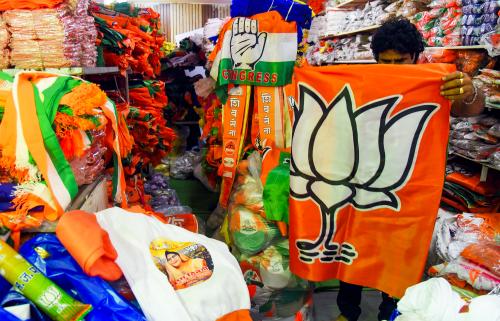Chennai, Sep 11 (IANS) Almost one in three netizens in India encounter cyber attacks, with users from Chennai more vulnerable to these attacks among users in the metros, a new study said on Wednesday. The study conducted by K7 Computing - a city-based cyber security major, tracks all critical components like Enterprise, Mobile, Mac, Windows and IoT, covering 20 Indian cities that include metros, tier-1 and tier-2 regions. According to the report, amongst tier-1 cities, Chennai has recorded the highest percentile of cyber attacks with 48 per cent from April 2019-June 2019 followed by Kolkata with 41 per cent during the same period. Delhi has registered the lowest percentile of cyber attacks with 28 per cent. "K7 Computing's K7 Labs' Cyber Threat Monitor highlights the ever evolving threat landscape around the country and addresses the growing necessity of being more proactive in the approach towards cyber-security," said K Purushothaman, CEO of K7 Computing. "We see an increasing number of cyber attacks in tier-1 and tier-2 cities, and therefore, we urge concerned stakeholders to leverage specific intelligence for countermeasures and threat hunting," Purushothaman said. As per the report, cyber risk exposure steadily rises on working days in metros, starting from Monday and records the highest on Friday. The average percentage of cyber attacks in the top dozen infected tier-2 cities was found to be worse when compared to metros and tier-1 regions. From April 2019-June 2019, Patna experienced the highest percentile of cyber attacks (48 per cent), closely followed by Guwahati (46 per cent) and Lucknow (45 per cent), while Thiruvananthapuram stood safest among others at 35 per cent. The study also found that ransomware and fileless attacks continued to grow faster in the country. Trojan attacks, at 72 per cent, were detected to be the major threat for Mac followed by Adware (18 per cent) and PUP/PUA (Potentially Unwanted Programs/Potentially Unwanted Applications) that stood at nine per cent, the study said. A majority of IoT device manufacturers and users were found to be ignorant about the necessity of optimized security, thus inviting massive-scale attacks The report states that routers are the most vulnerable IoT devices existing in the country, followed by printers, NAS, IP cameras, media players, set-top boxes and smart TVs.
Chennai users experience most cyber attacks among metros
- by Rinku
- September 11, 2019 2 minutes

Cyber attack.










